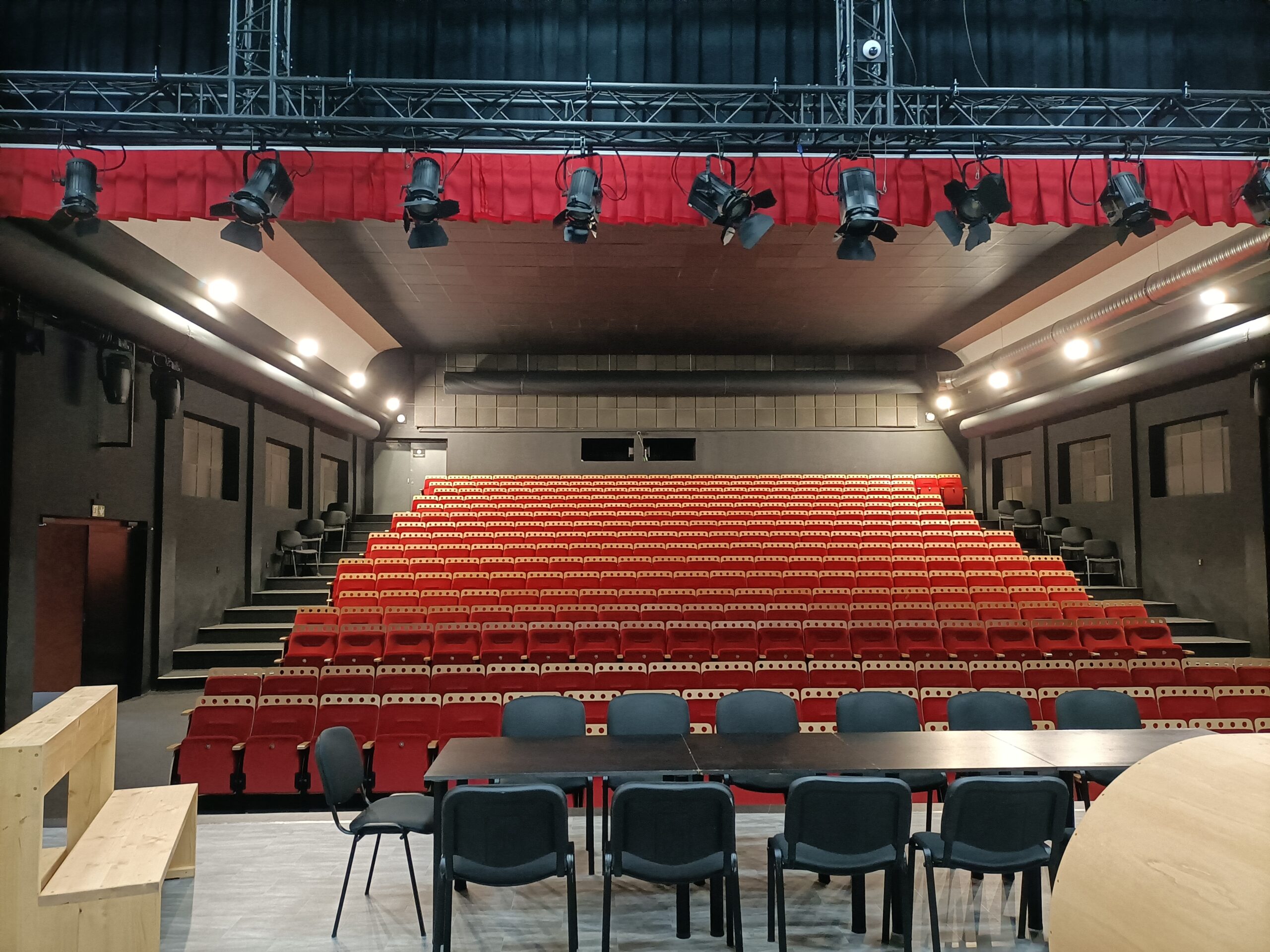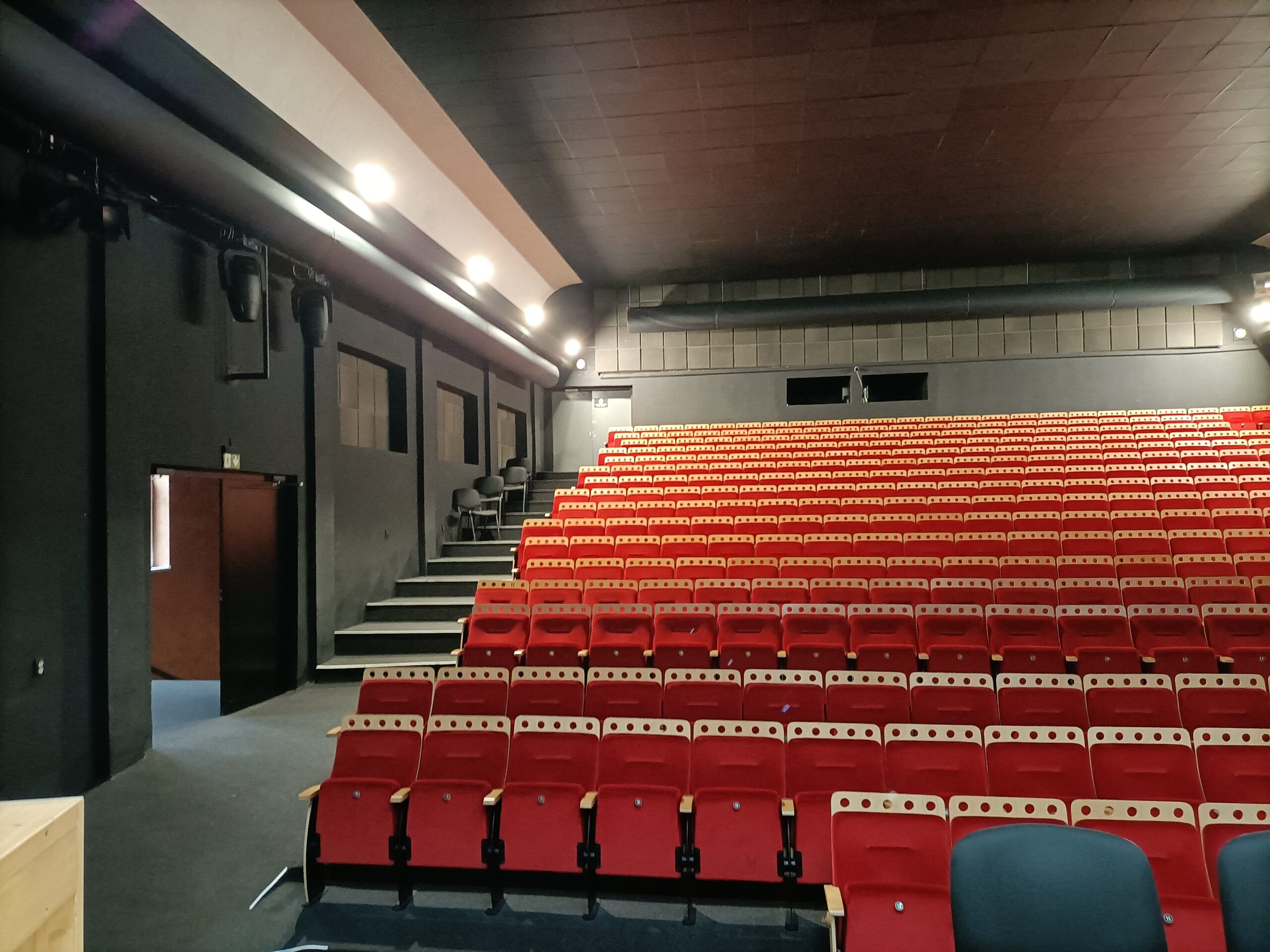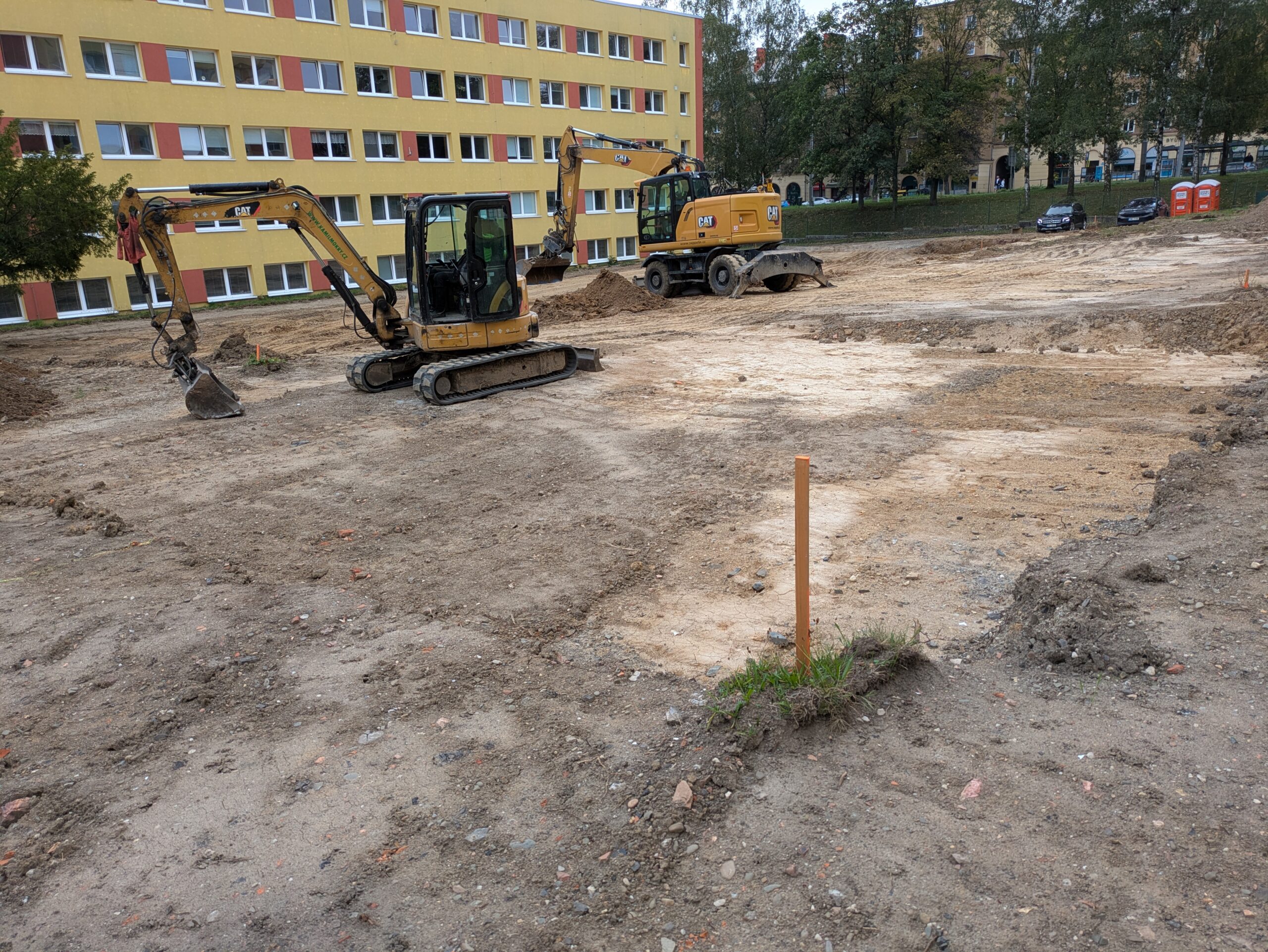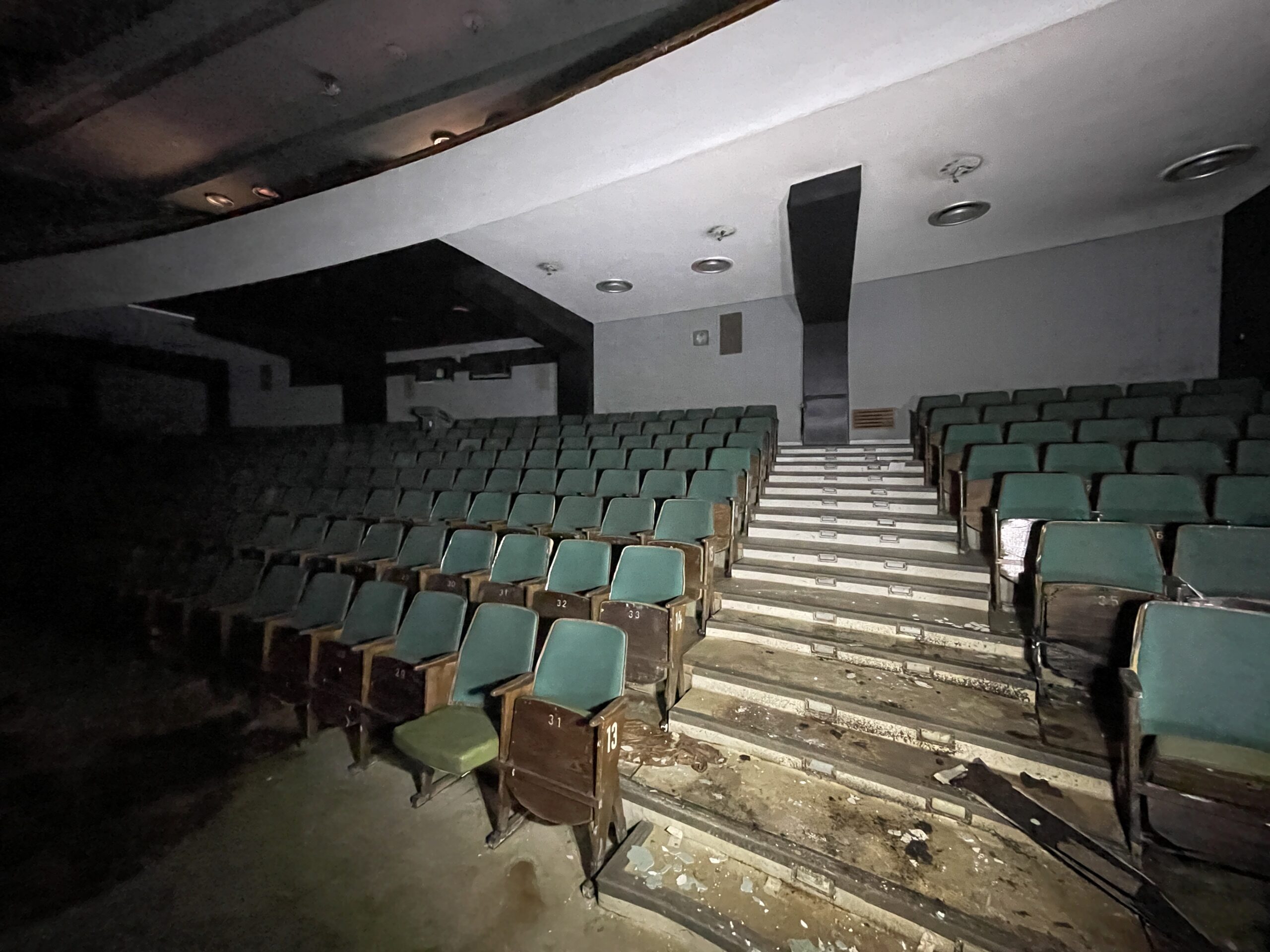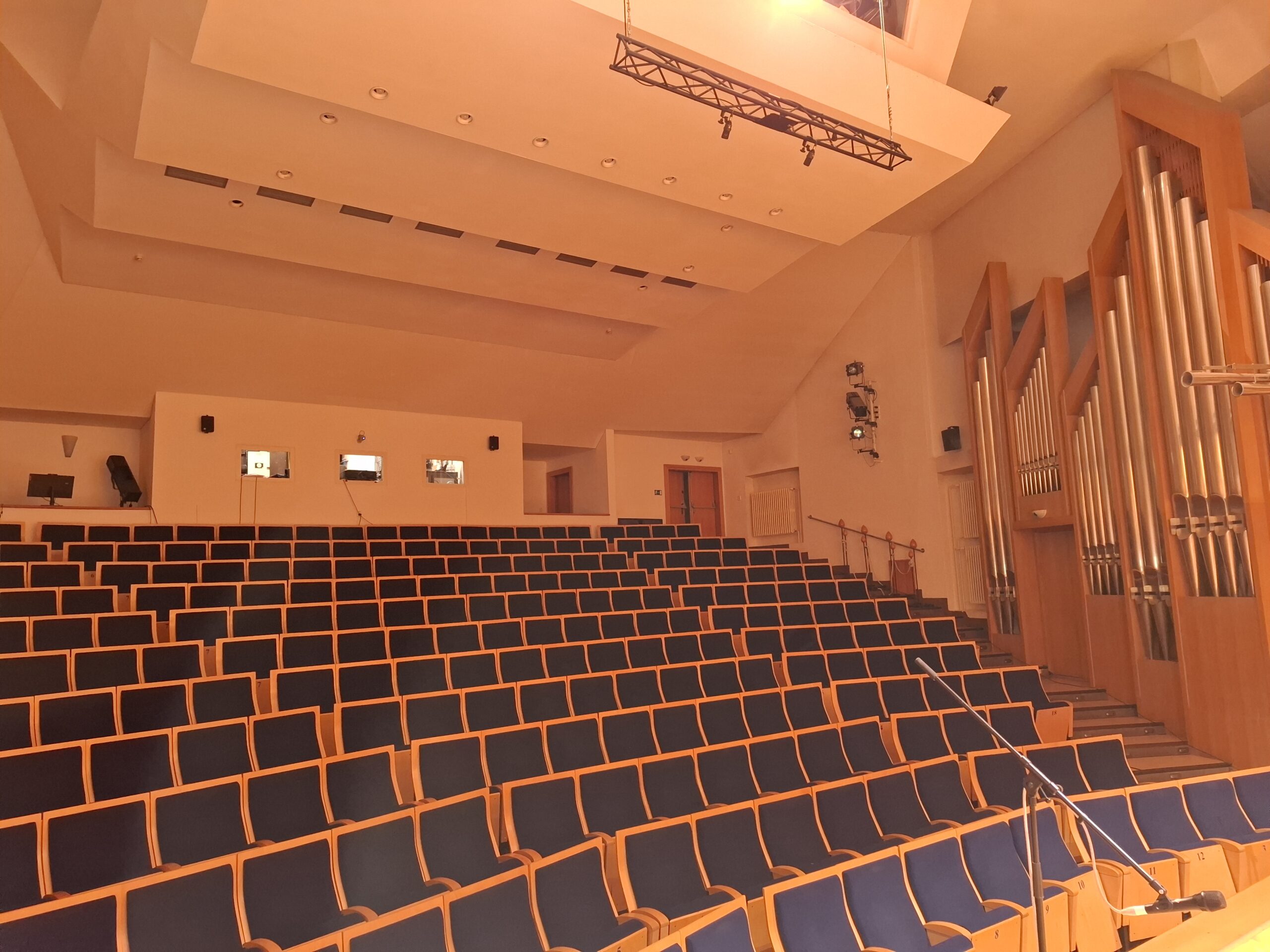Renovating a theatre or cinema requires the collaboration of many professionals, including architects, engineers, stage designers and acousticians. Lack of communication and coordination between these specialists can lead to inconsistencies in different parts of the project and unexpected problems. It is important to ensure that everyone involved has a clear understanding of the objectives and requirements of the renovation.
1. Underestimating the importance of theatre technique and technology
Theatre technology and technology are at the heart of any modern cultural facility. A poorly designed lighting, sound or stage technology system can fundamentally affect the quality of the performance and the audience experience. It is important to work with theatre technology experts to ensure that all technical elements are compatible, easy to use and flexible for different types of productions.
2. Lack of communication with experts
Renovating a theatre or cinema requires the collaboration of many professionals, including architects, engineers, stage designers and acousticians. Lack of communication and coordination between these specialists can lead to inconsistencies in different parts of the project and unexpected problems. It is important to ensure that everyone involved has a clear understanding of the objectives and requirements of the renovation.
3. Insufficient consideration of acoustics
Acoustics is a very important element, especially in theatres and concert halls. The acoustic properties of a space must be carefully designed to provide an optimal sound experience. Poorly designed acoustics can lead to unwanted echoes, lack of audibility or, on the contrary, too much noise.
4. Ignoring the needs of users and visitors
The reconstruction should take into account the needs of both artists and visitors. This includes comfort and safety of the audience, comfortable seating, sufficient number of toilets, easy accessibility and orientation in the building. Provide quality facilities for artists, such as dressing rooms, rest rooms and sufficient space for preparation.
5. Lack of space flexibility
Cultural centres should be as flexible as possible to host different types of events – from theatre performances and concerts to conferences and exhibitions. Fixed and inflexible arrangements can limit the usability of space and reduce its attractiveness for different types of events.
6. Inefficient use of space
When reconstructing a cultural centre, it is crucial to make efficient use of every available space. This includes not only the main hall, but also the actors’ facilities, technical rooms, dressing rooms and other spaces. Mistakes in planning can lead to a lack of storage space or uncomfortable working conditions for staff. It is important to design the space to be functional and comfortable for all users.
7. Ignoring energy efficiency and sustainability
Modern renovation should emphasize energy efficiency and sustainability. This includes the use of efficient lighting, heating and cooling, but also recycling and eco-friendly materials. Investing in sustainable technologies can pay off in the long run both economically and environmentally.
8. Unpreparedness for unexpected problems
The renovation of historic buildings, which often serve as cultural centres, can bring unexpected problems such as hidden structural defects or the need to preserve historic features. It is important to have a flexible plan and sufficient budget in place to address these issues to avoid delays or increased costs.
9. Underestimating safety and regulations
Safety should always be the first priority in any renovation. Ignoring safety regulations or failing to maintain evacuation routes can have serious consequences. When renovating, it is important to ensure that all safety standards are met and that the facility is prepared for any emergency situations.
Conclusion
The reconstruction of a cultural centre is a complex process that requires careful planning and coordination. By avoiding the above mistakes, you can ensure that your theatre, cinema or other cultural facility is not only aesthetically pleasing, but also functional and adapted to the needs of a modern audience. Careful preparation and collaboration with professionals are the keys to a successful renovation that will serve the community for many years to come.


